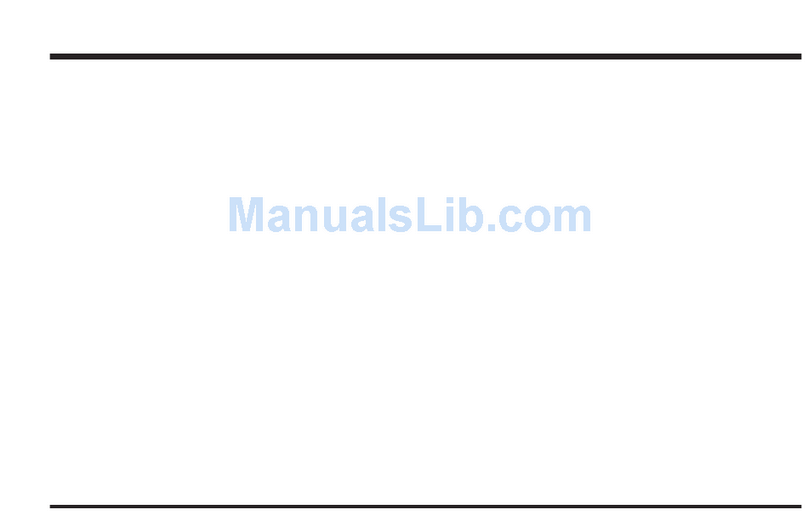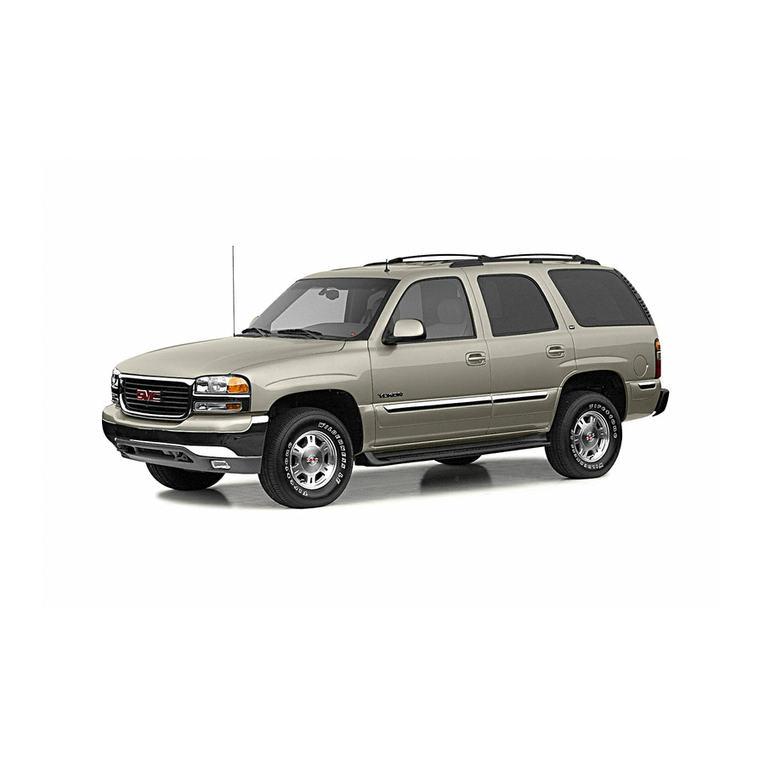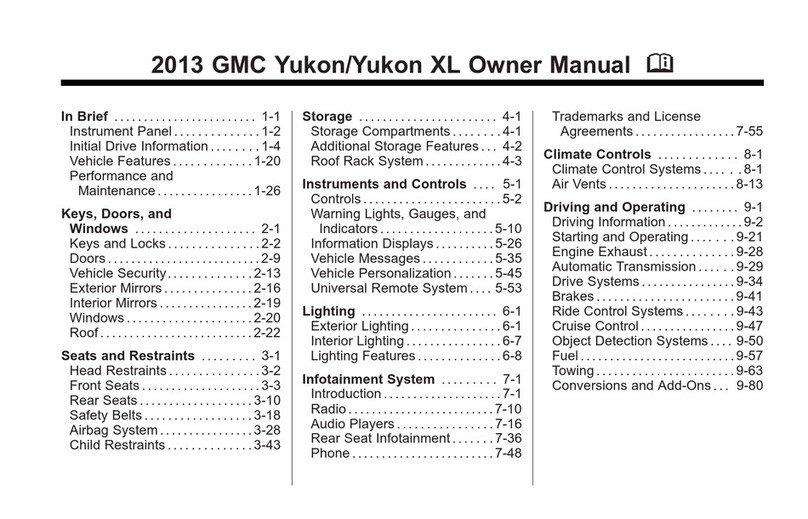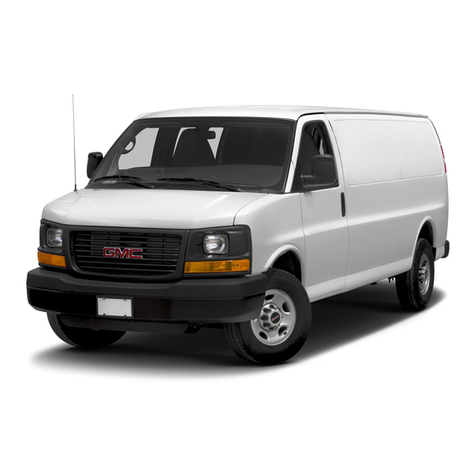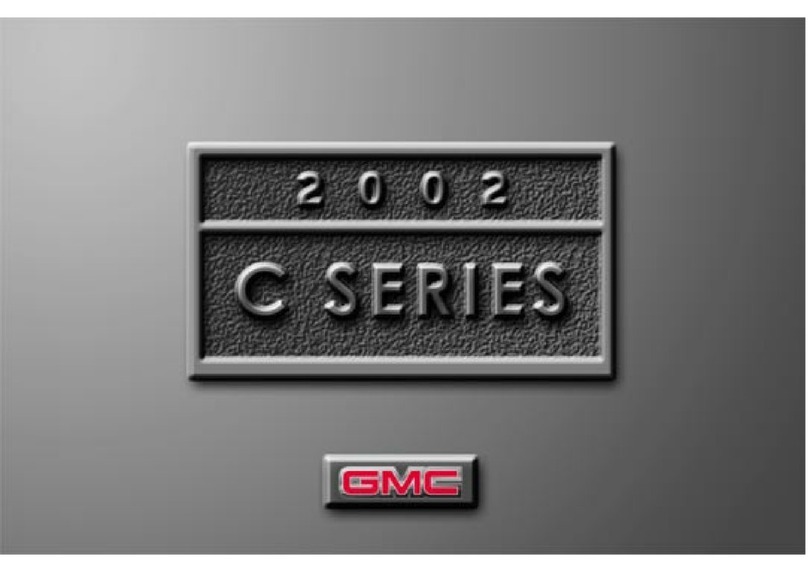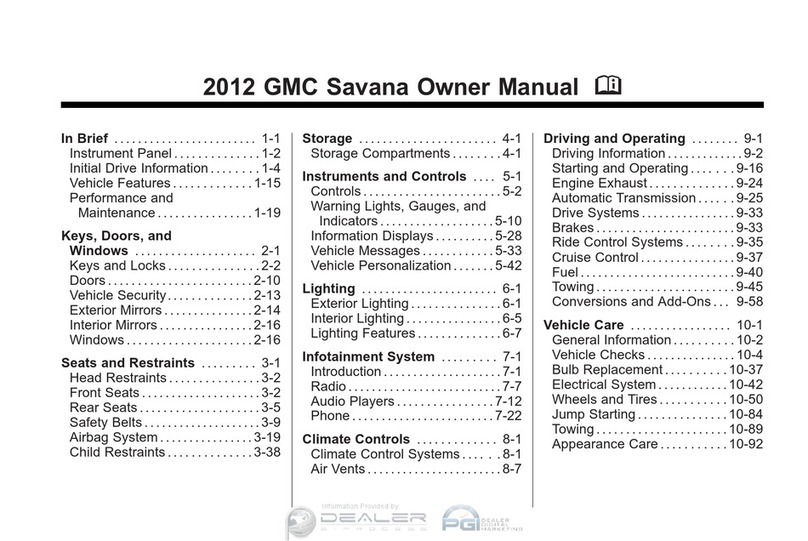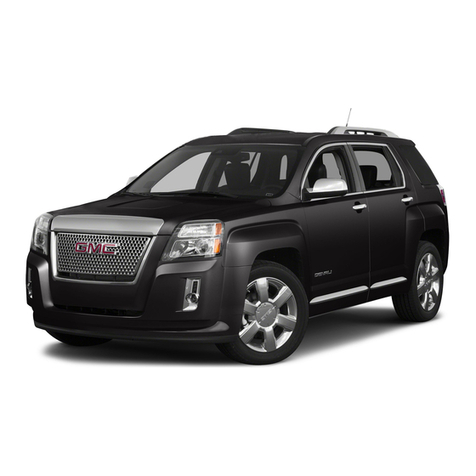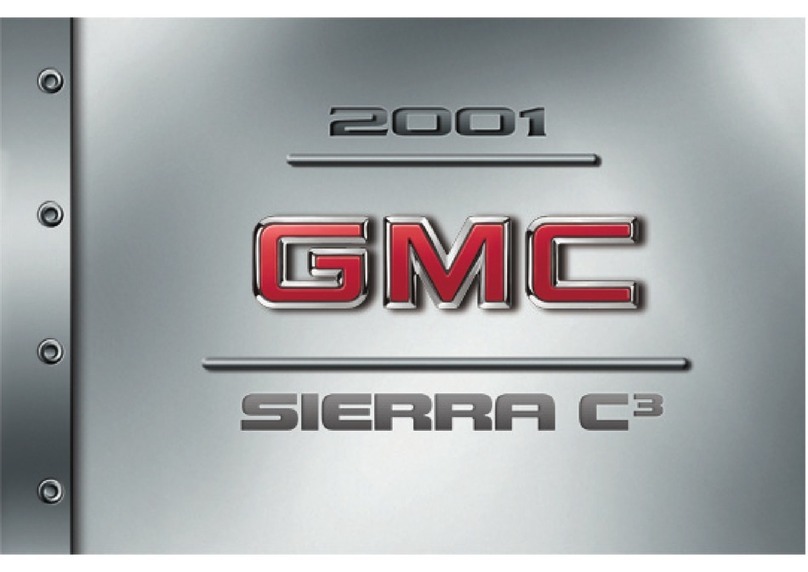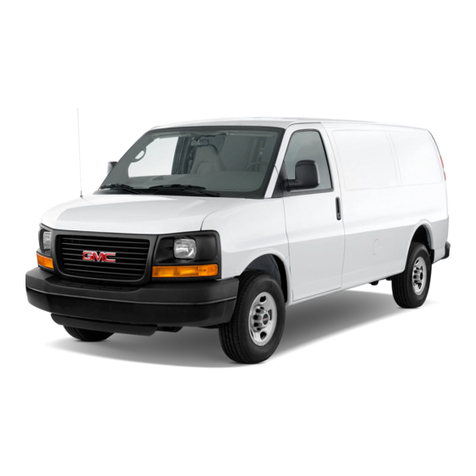Front Seats ..................................................... 9
Manual Seats ................................................ 9
Power Seats ............................................... 10
Manual Lumbar ........................................... 11
Power Lumbar ............................................. 11
Heated Seats .............................................. 12
Memory Seat, Mirrors, and Pedals .............. 13
Reclining Seatbacks .................................... 15
Head Restraints .......................................... 18
Seatback Latches ........................................ 19
Center Seat ................................................ 19
Rear Seats .................................................... 20
Rear Seat Operation (Full Bench) ............... 20
Rear Seat Operation (Split Bench) .............. 21
Safety Belts .................................................. 22
Safety Belts: They Are for Everyone ........... 22
Questions and Answers About
Safety Belts ............................................. 26
How to Wear Safety Belts Properly ............. 27
Driver Position ............................................. 28
Shoulder Belt Height Adjustment ................. 35
Safety Belt Use During Pregnancy .............. 36
Right Front Passenger Position ................... 37
Center Front Passenger Position
(Regular Cab) .......................................... 37
Center Front Passenger Position
(Crew and Extended Cab) ....................... 38
Rear Seat Passengers ................................ 39
Rear Safety Belt Comfort Guides ................ 41
Safety Belt Pretensioners ............................ 44
Safety Belt Extender ................................... 44
Child Restraints ............................................ 45
Older Children ............................................. 45
Infants and Young Children ......................... 48
Child Restraint Systems .............................. 51
Where to Put the Restraint .......................... 56
Lower Anchors and Tethers for
Children (LATCH) .................................... 58
Securing a Child Restraint in a Rear
Seat Position ........................................... 67
Securing a Child Restraint in the Center
Front Seat Position .................................. 69
Securing a Child Restraint in the Right
Front Seat Position (With Airbag
Off Switch) ............................................... 70
Section 1 Seats and Restraint Systems
7

